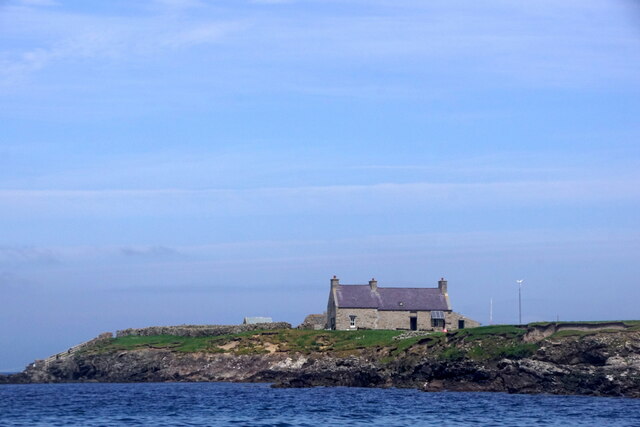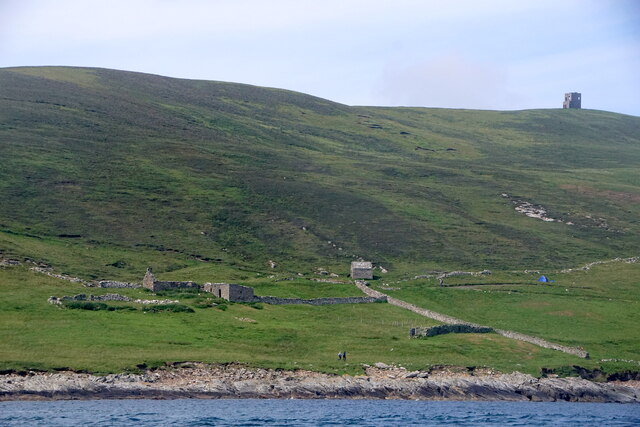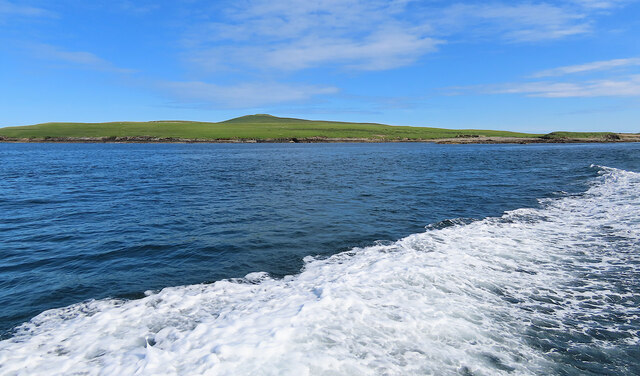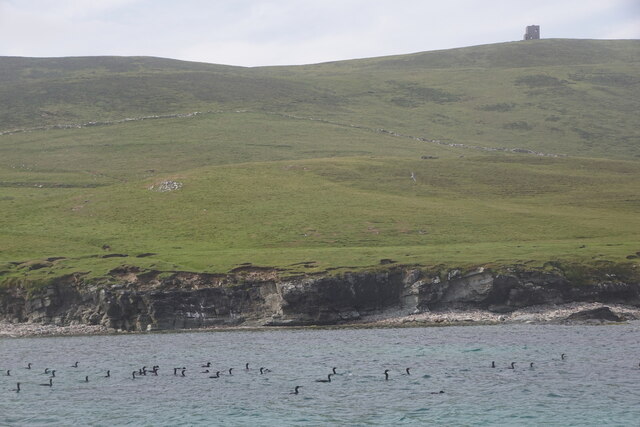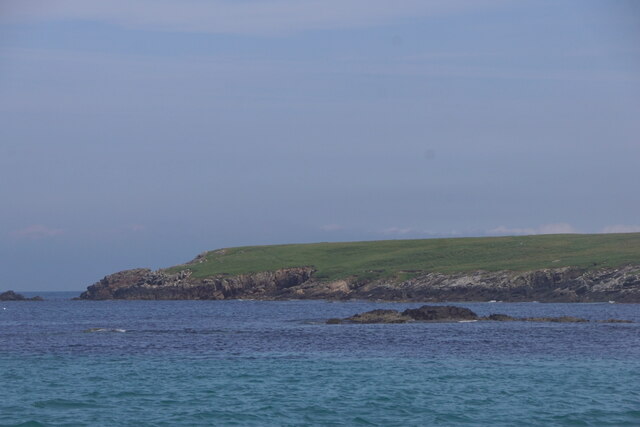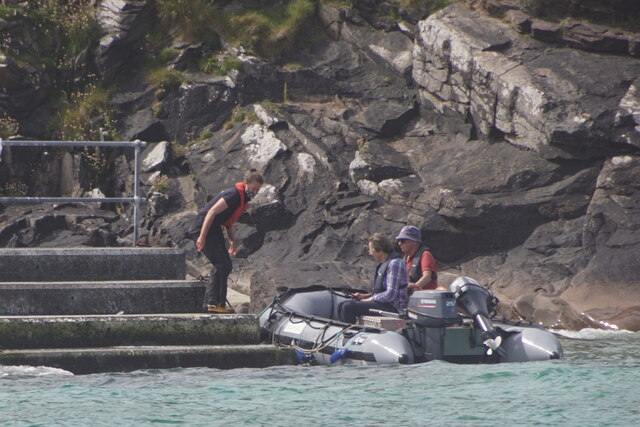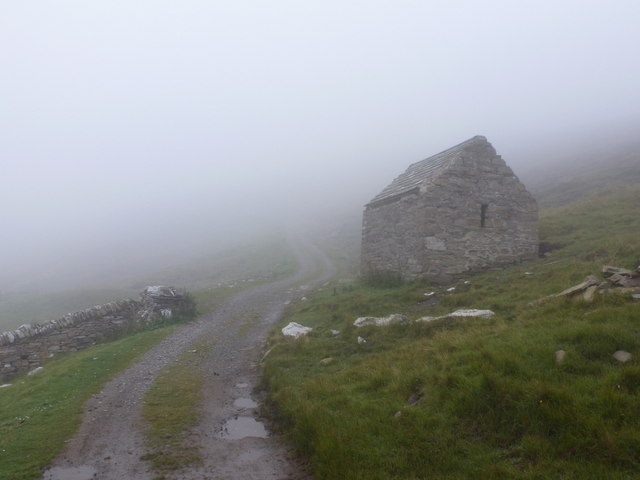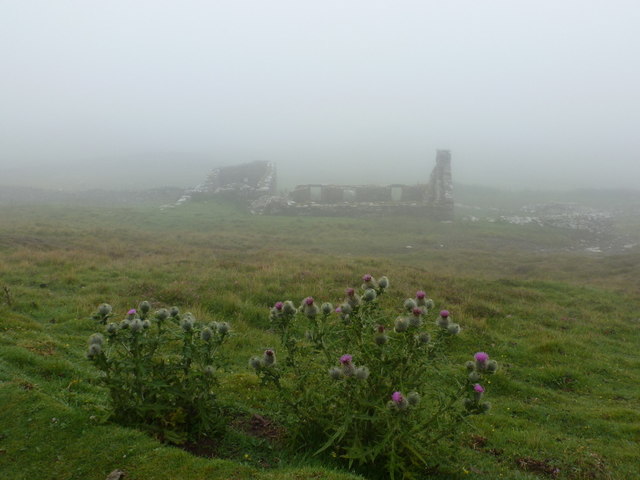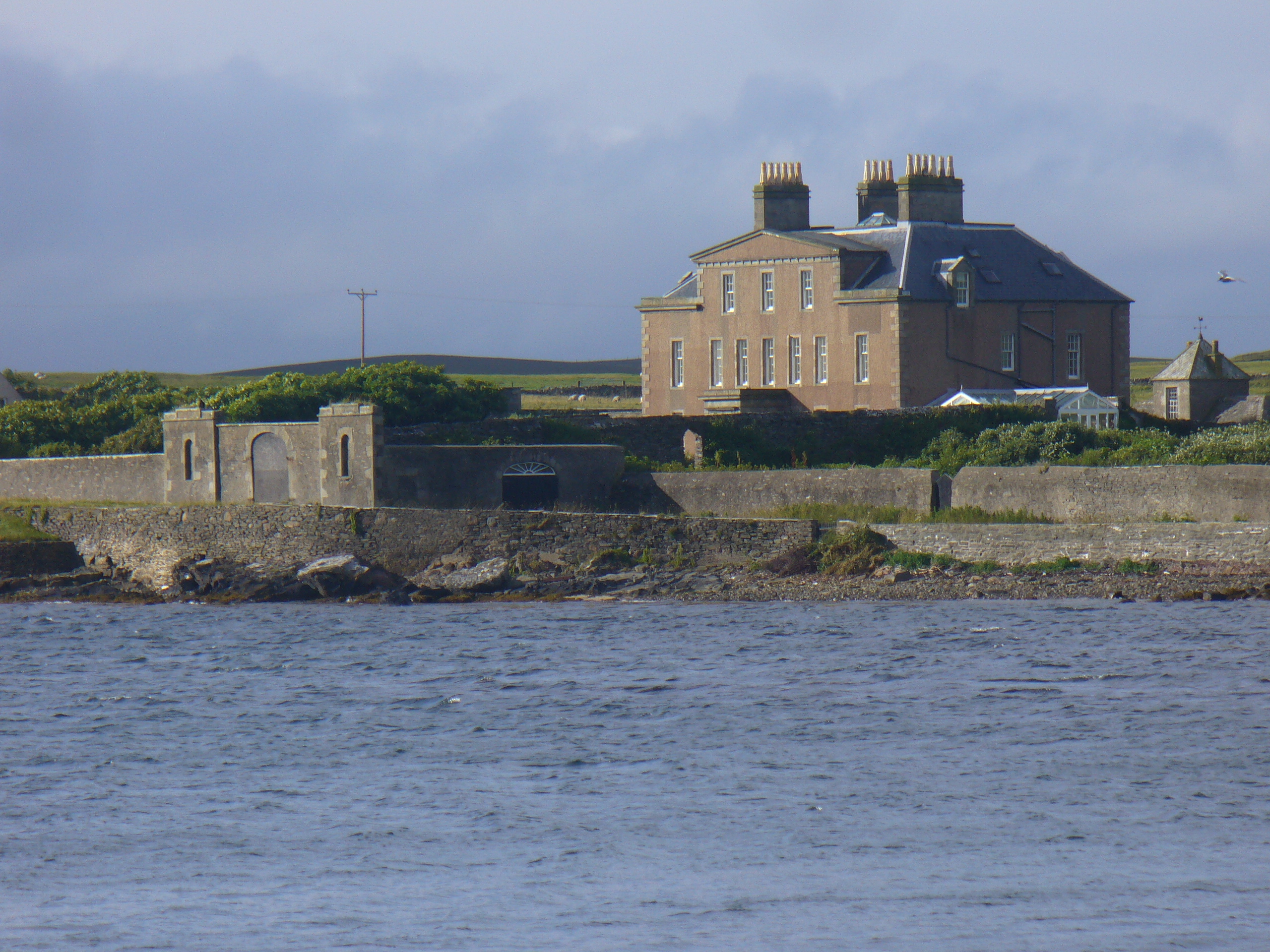Cuppa
Bay in Shetland
Scotland
Cuppa
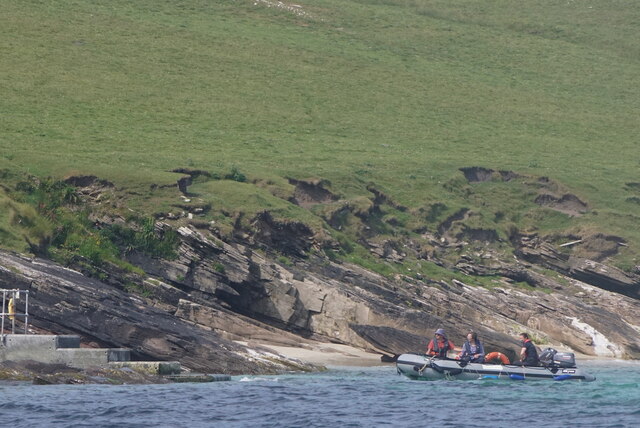
Cuppa, located in Shetland, is a beautiful bay known for its stunning scenery and peaceful atmosphere. Situated on the west coast of the Shetland Mainland, Cuppa offers visitors a chance to experience the natural beauty of this remote Scottish archipelago.
The bay is characterized by its picturesque sandy beach, which stretches for approximately 1.5 kilometers and is backed by rolling sand dunes. The crystal-clear waters of the North Sea gently lap against the shore, creating a tranquil and inviting environment for swimming and water activities. The beach is also a popular spot for picnicking and sunbathing, providing ample space for visitors to relax and enjoy the peaceful surroundings.
Cuppa is a haven for wildlife enthusiasts, with various bird species, seals, and even occasional sightings of otters. The bay is an important habitat for a variety of seabirds, including puffins, guillemots, and razorbills, making it a prime location for birdwatching. The surrounding cliffs provide nesting sites for these birds and offer breathtaking views of the rugged coastline.
Access to Cuppa is relatively easy, with a car park located nearby. The bay can also be reached by foot, as it is part of the Shetland Coastal Path, a long-distance trail that spans the entire Shetland Mainland. Along the path, visitors can enjoy spectacular views of the bay and its surroundings.
Cuppa, with its idyllic setting and diverse wildlife, is a hidden gem in the Shetland Islands, offering a peaceful and picturesque escape for nature lovers and those seeking tranquility in a remote and untouched landscape.
If you have any feedback on the listing, please let us know in the comments section below.
Cuppa Images
Images are sourced within 2km of 60.166479/-1.0550263 or Grid Reference HU5242. Thanks to Geograph Open Source API. All images are credited.
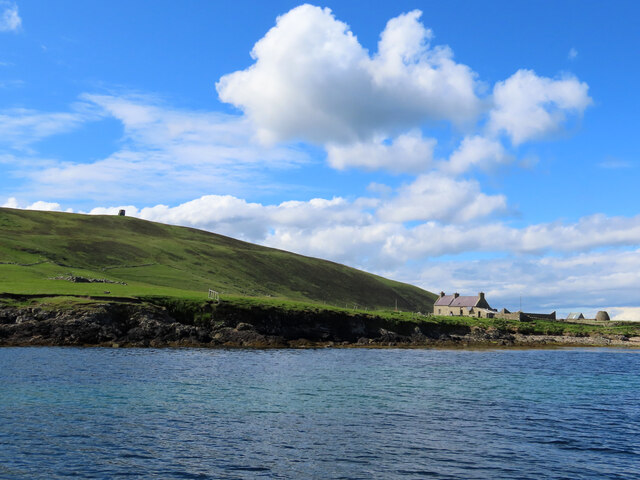
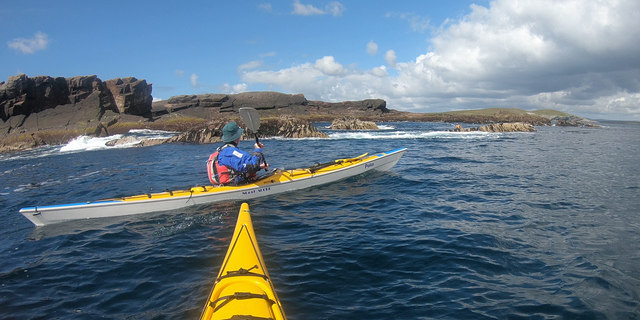
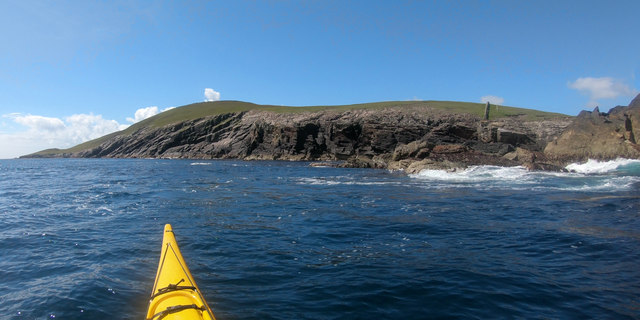
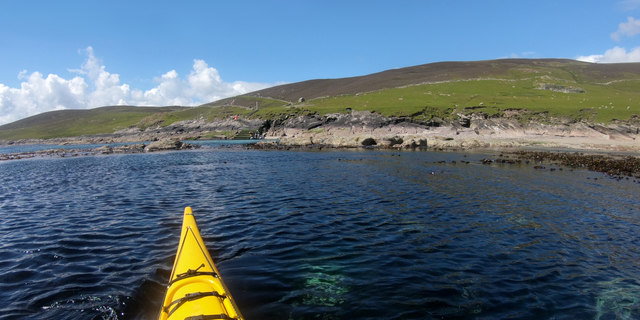
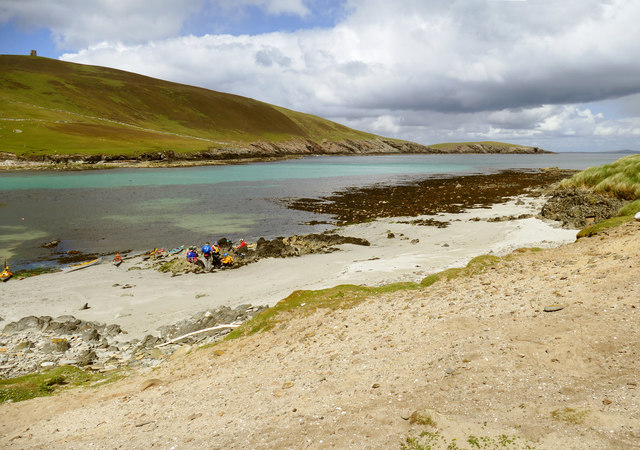

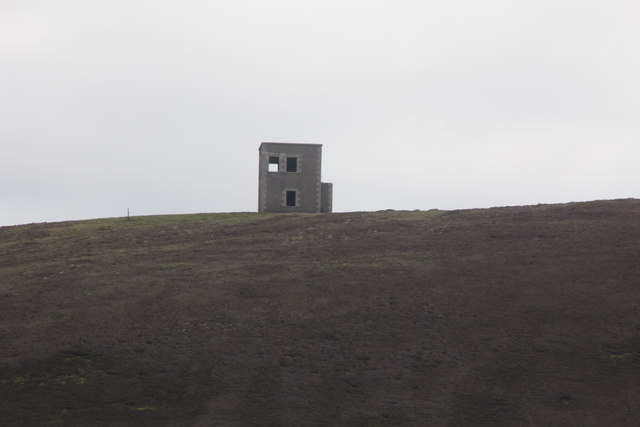
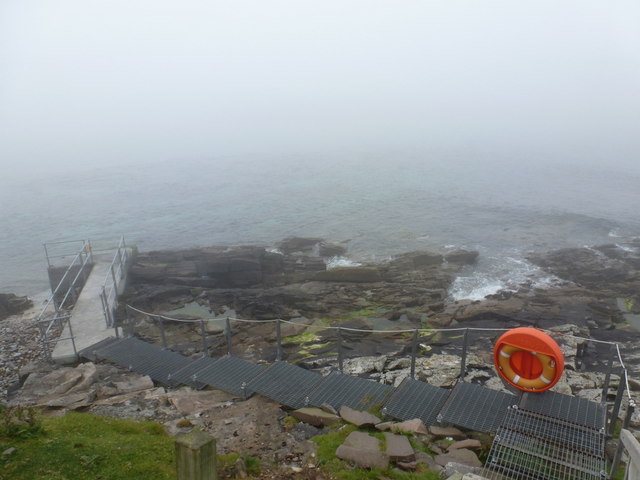
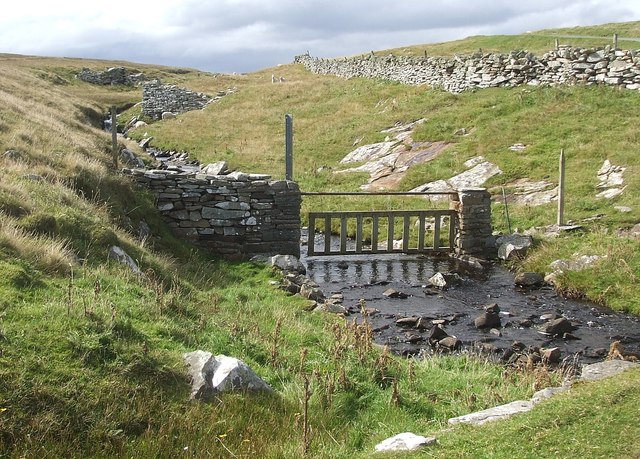
Cuppa is located at Grid Ref: HU5242 (Lat: 60.166479, Lng: -1.0550263)
Unitary Authority: Shetland Islands
Police Authority: Highlands and Islands
What 3 Words
///scornful.digits.courier. Near Lerwick, Shetland Islands
Nearby Locations
Related Wikis
Voe of Cullingsburgh
Voe of Cullingsburgh is a large sea loch off the Shetland island of Bressay, voe meaning "sea inlet" in Shetland dialect. The local spelling of the name...
Broch of Cullingsburgh
The Broch of Cullingsburgh is an Iron Age broch located in the Shetland islands. == Location == Located on Bressay, off the east coast of mainland Shetland...
Bressay
Bressay (Scots: Bressa) is a populated island in the Shetland archipelago of Scotland. == Geography and geology == Bressay lies due south of Whalsay, west...
Isle of Noss
The Isle of Noss or Noss (Scots: Noss) is a small, previously inhabited island in Shetland, Scotland. Noss is separated from the island of Bressay by the...
Gardie House
Gardie House is an 18th-century estate house on Bressay in Shetland, Scotland. Located opposite Lerwick, across the Bressay Sound, Gardie is described...
Holm of Noss
The Holm of Noss or Cradle Holm is an uninhabited islet of the Shetland Islands. It is about 48m at its highest point. == Geography and geology == It is...
Bressay transmitting station
Bressay transmitting station is a broadcasting transmission facility for the Shetland Islands, located on the isle of Bressay, owned and operated by Arqiva...
Lerwick and Bressay Parish Church
Lerwick and Bressay Parish Church is the largest Church of Scotland congregation in Shetland, serving the islands' capital Lerwick and the surrounding...
Related Videos
Windy Shetland between Bressay and Noss
Windy Shetland between Bressay and Noss Things to do in Shetland Life Through My Lens.
Shetland Islands | Episode 3 - Noss Island
Noss Island is a very small island in Shetland. It is a nature reserve and hosts a number of migratory birds during the summer ...
Gannets feeding off the Isle of Noss in Shetland 9 July 2021
After visiting the Gannet Colony on the Isle of Noss our Seabirds-and-Seals boat trip provided us with the great aerobatic ...
Nearby Amenities
Located within 500m of 60.166479,-1.0550263Have you been to Cuppa?
Leave your review of Cuppa below (or comments, questions and feedback).
